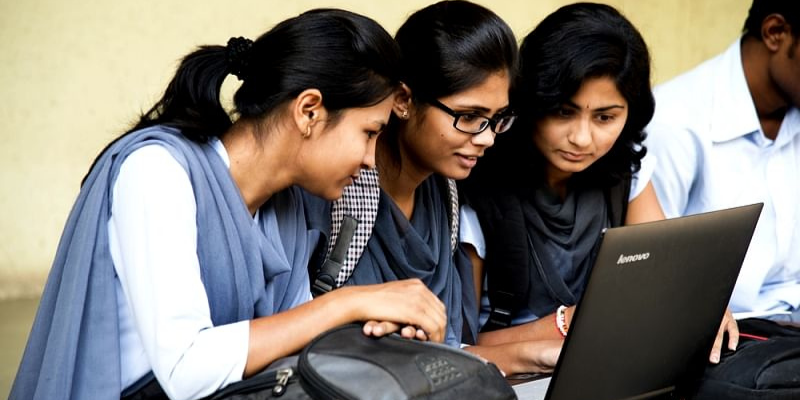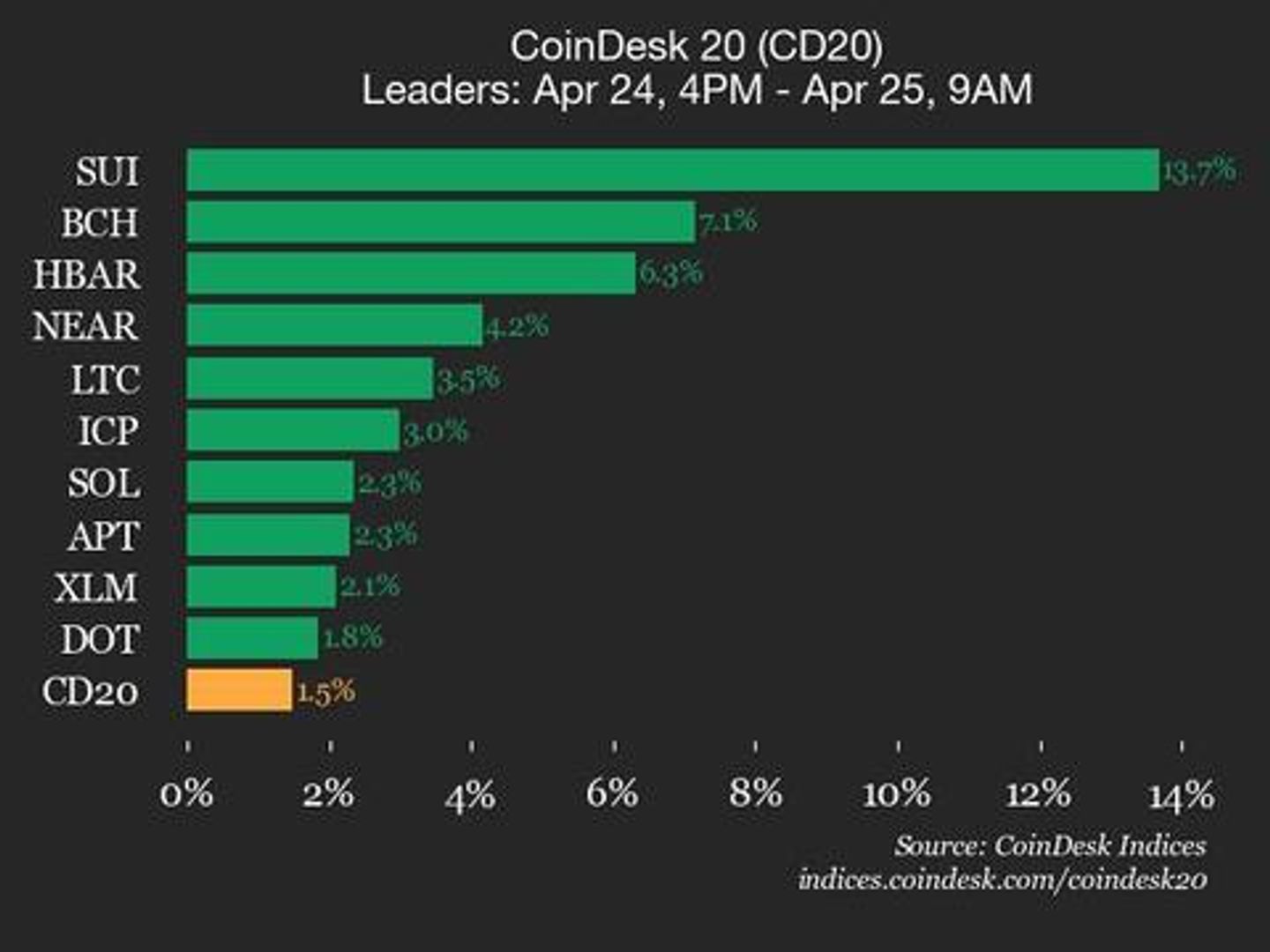How Indian students abroad can stay financially secure amid currency fluctuations
Using a mix of strategies like using forex cards for daily expenses, creating an emergency fund in your local bank account, and having mindful spending habits, one can be prepared to face the setbacks due to currency fluctuation.


Over the past six months, the Indian rupee has fallen sharply by close to 4% against the US dollar, according to Bloomberg. This marks one of the most prominent declines in recent times, with the rupee hitting a massive single-day decline of around 0.7% in January 2025. As of early April 2025, the exchange rates hover around Rs 85 per USD, hinting at a downward trend.
For Indian students studying abroad or aspiring to study abroad, this volatile environment raises alarm. A weakening rupee has a direct impact on amplifying the tuition fees even if universities don't hike the tuition fees, inflating daily expenses and conversion rates, eating into the value of education loans and scholarships and eventually causing an unexpected budgeting crisis.
Suppose a student had budgeted around Rs 32.8 lakh for tuition and living expenses when the exchange rate was Rs 82 per USD. Now the student will have to have a budget of around Rs 34 lakh, which is a spike of 1.2 lakh.
But is the narrative that simple?
While such fluctuations indeed impact budgeting, a closer look at it reveals that their effects are often overstated when considering the broader context of international education and its long-term benefits.
Taking the above example, if the student plans for annual tuition fees of $30,000 at an exchange rate of Rs 82 per USD, this amounts to around Rs 24.6 lakh. If the rupee depreciates to Rs 85 per USD, the cost will rise to Rs 25.5 lakh. Now, the difference of Rs 90,000 might be a major hike individually, but looking at the bigger picture, the increase represents only about 3.6% of the total tuition cost. While not insignificant, this hike can be managed through careful financial planning. Students often face far greater cost variation from housing, insurance, or lifestyle than from currency shifts. 
Further, the financial commitment of studying abroad is offset by the return on investment or in simple terms, the earning potential post-graduation and also the international exposure one gets. For a student graduating from US institutions, they can expect starting salaries from $60,000 to $80,000. Taking into account the current exchange rate of Rs 85 per USD, this translates to around Rs 51-68 lakh per year. This substantial income is enough to justify the initial investment, even when accounting for minor currency fluctuations.
The real cost spike due to currency fluctuation is marginal in the bigger picture, which can be mitigated through careful financial planning. That said, the stress and anxiety regarding currency fluctuation can be a hindrance for many students planning to study abroad. Having to face uncertainty in a new country can get extremely daunting.
With the right financial planning strategies, students can help mitigate the issue to an extent.
Here are some smart financial strategies to overcome the financial burden due to rupee depreciation:
- Use forex cards for living expenses
Forex cards have been around for a while now, yet students are still sceptical about their use. Forex cards allow students to load their cards with foreign currency and lock in the exchange rates in advance protecting them from sudden currency dips. It is like a debit card but better, with no transaction fees or DCC charges unlike most of the Indian credit or debit cards. While the traditional options often charge extra fees of 2-8% when giving you foreign currency, these cards offer lower conversion fees.
- Budgeting and cost management
Mindful spending is a life skill, and overseas students can benefit a lot from deliberate spending. Make sure to plan your expenses in advance for the week, including groceries, transportation, and lifestyle needs. Use campus resources, make home-cooked meals, meal prep, share housing, and use student discounts to save money which can be later used in times of distress.
- Open a local bank account
Opening a local bank account is underrated but smart. To avoid loss due to currency fluctuation, students can convert INR during a favourable rate window into the destination country’s currency and store it in a local bank account. This prevents students from being victims of sudden exchange rate drops, especially when their tuition fee deadlines or rent payments are due.
- Choose the right lenders and loan structures
Not all education loans are created equal. It is, therefore, important to select a lender that offers flexible repayment options, competitive interest rates, and moratorium periods. Analysing the current pattern, the rupee value can drop anytime. To avoid any complications in the future, make sure to get the best deal from your lender.
- Leverage scholarships and grants
Scholarships when in foreign currency are a great hedge against currency depreciation. They offer fixed support regardless of how the rupee performs. From partially funded to fully funded, students can choose what best suits their needs.
- Always have an emergency fund
Prepare for the unexpected through emergency funds. Saving 2-3 months of living costs acts as a buffer in case of sudden rupee devaluation, hospital emergencies, or unexpected situations. Invest the amount in a local bank account to avoid rupee depreciation risks.
- Hedge currency risk using forward contracts
Forward contracts, in simple terms, are bonds wherein you can buy or sell an asset at a specific price on a specific date. Families can opt for a sophisticated approach through forward contracts offered by some banks. Though it might seem technical, in a scenario with a $15,000 tuition fee, even a Rs 2 shift can mean saving around Rs 30,000-40,000.
- Invest in assets that hedge currency risk
Investing in assets that grow over time is a smart strategy. Students can invest in foreign funds like US-based exchange-traded funds (ETFs) or Index funds to build long-term wealth and mitigate currency depreciation risks. One can also invest in Indian mutual funds with global exposure if you do not have access to the global ones.
- Smart planning through top-up loans
Despite every effort and financial planning, things can go haywire. Students and families should periodically reassess their plans, especially when the rupee drops sharply. Top-up plans are the most effective and practical option to obtain extra money to steer through the times if you are out of budget rather than getting a new loan.
Currency fluctuations are not villains we often make them out to be; they are simply a part of the global educational ecosystem. While the rise in expenses can be a cause of concern for many students, in the longer run, the value of international education far outweighs the temporary effects of a shift of a few rupees.
The need of the hour is the right tools and smart financial planning. Using a mix of strategies like using forex cards for daily expenses, creating an emergency fund in your local bank account, and having mindful spending habits, one can be prepared to face the setbacks due to currency fluctuation.
At the end of the day, students should remember that overseas studies come with a price. The impact of currency fluctuation is meagre in the bigger picture and can be overcome with the right tools. If your international education financing plans are derailed by a 3-4% shift in the exchange rate, then it's more of a planning problem than a currency problem. So, don’t let the noise fool you; the great Indian dream is still worth chasing!
(Ankit Mehra is the Co-founder and CEO of GyanDhan, an education financing marketplace.)
Edited by Kanishk Singh
(Disclaimer: The views and opinions expressed in this article are those of the author and do not necessarily reflect the views of YourStory.)




![How AI Use Is Evolving Over Time [Infographic]](https://imgproxy.divecdn.com/YImJiiJ6E8mfDrbZ78ZFcZc03278v7-glxmQt_hx4hI/g:ce/rs:fit:770:435/Z3M6Ly9kaXZlc2l0ZS1zdG9yYWdlL2RpdmVpbWFnZS9ob3dfcGVvcGxlX3VzZV9BSV8xLnBuZw==.webp)






























































































































































































![How to Find Low-Competition Keywords with Semrush [Super Easy]](https://static.semrush.com/blog/uploads/media/73/62/7362f16fb9e460b6d58ccc09b4a048b6/how-to-find-low-competition-keywords-sm.png)
